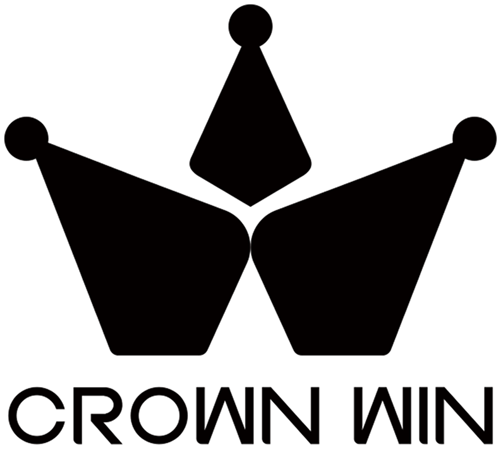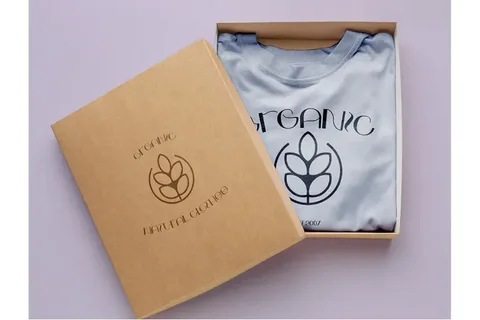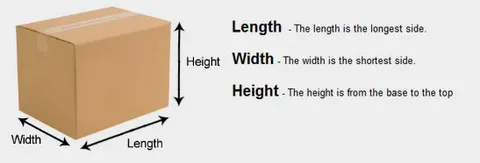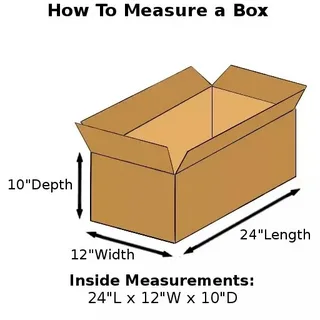12 Bad Packaging Design Mistakes That Kill Brand Trust
The article “12 Bad Packaging Design Mistakes That Kill Brand Trust” explains how poor packaging choices can damage customer perception and weaken a brand’s reputation. It highlights common mistakes such as confusing layouts, hard-to-open designs, misleading visuals, lack of clarity in labeling, ignoring sustainability, and using low-quality materials. These errors not only frustrate customers but also create doubts about product quality and brand credibility. The key takeaway is that packaging should be clear, user-friendly, and aligned with the brand’s values—because even a great product can lose trust and sales if the packaging fails to deliver a positive experience.















